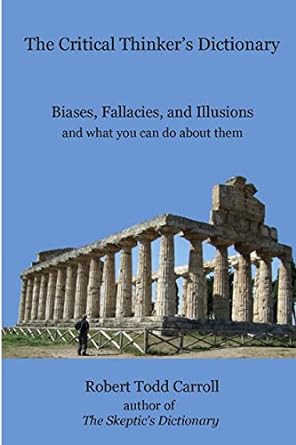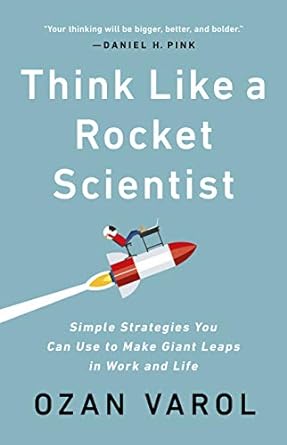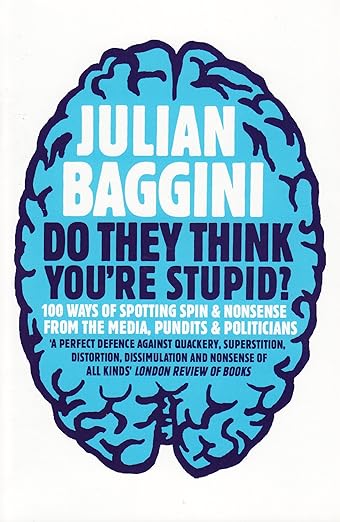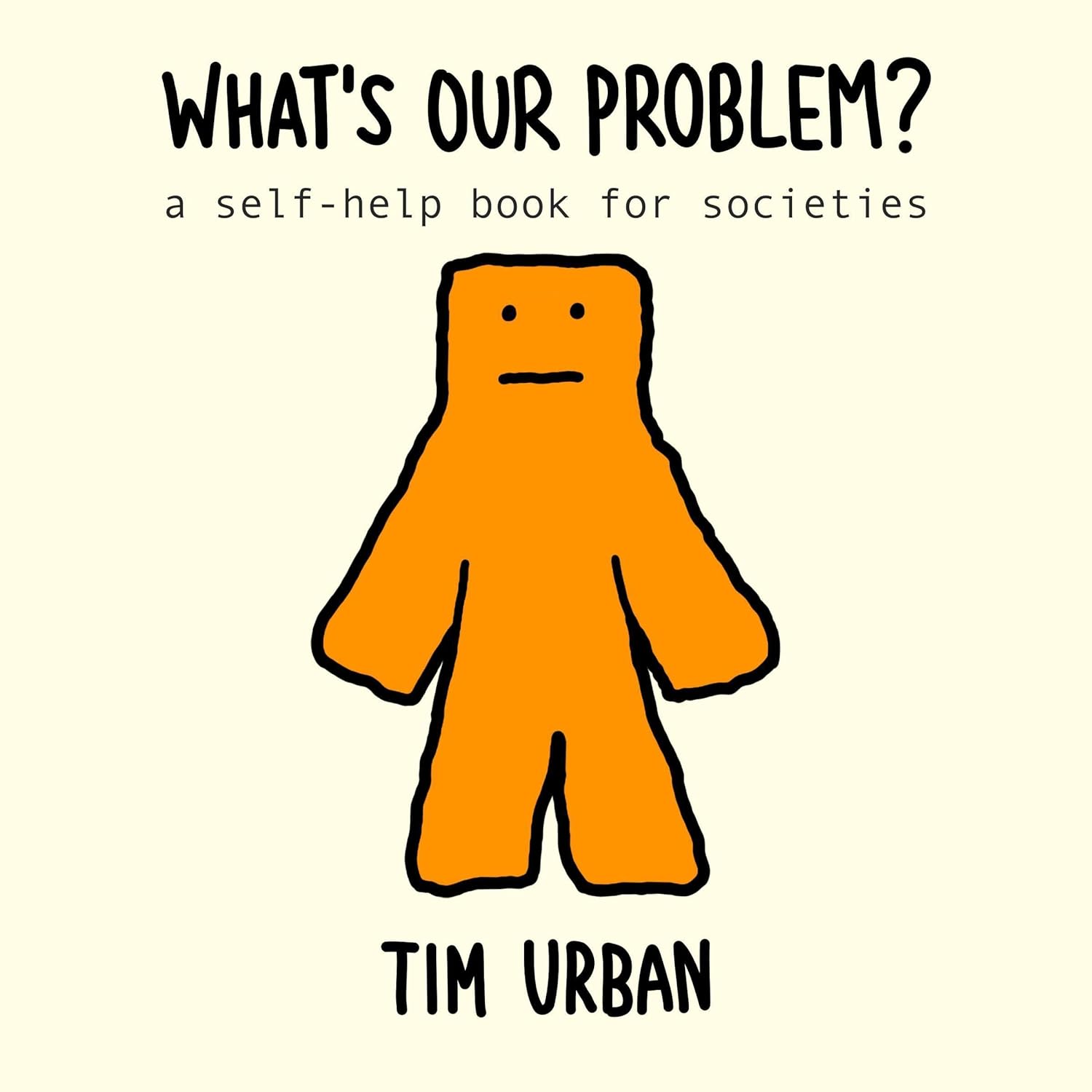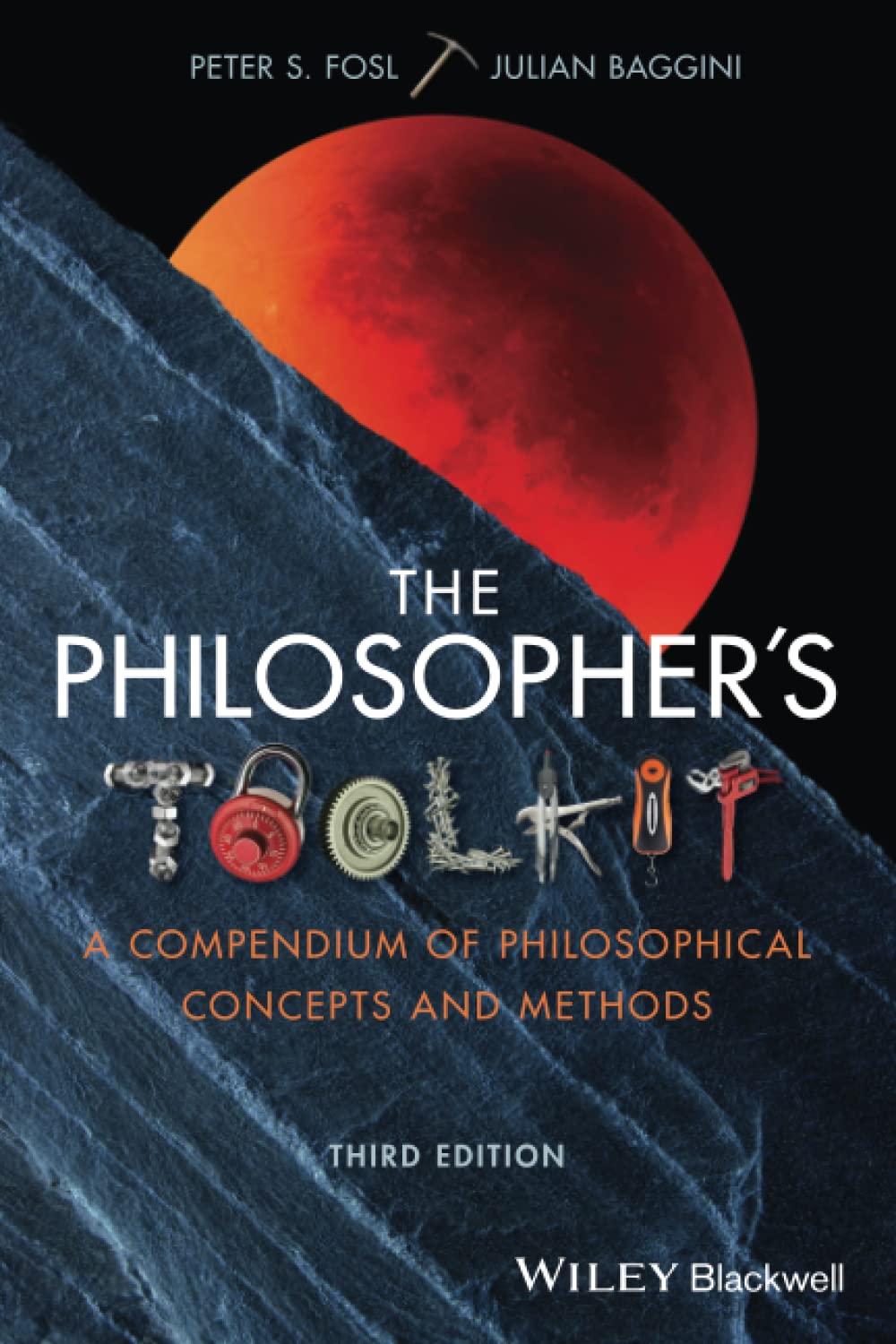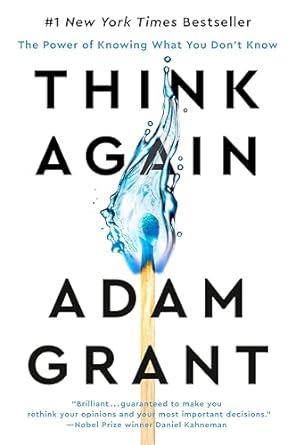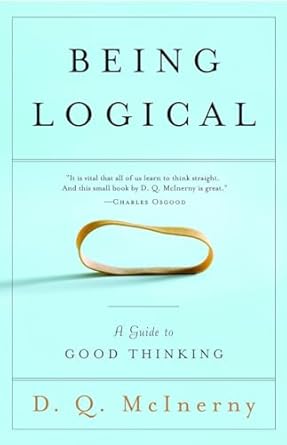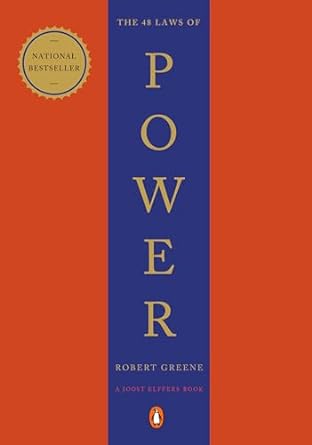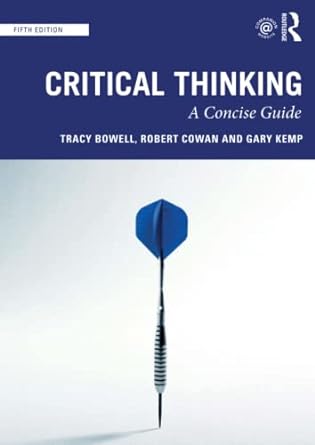Straw Man Fallacy
When a weaker or distorted version of an opponent's position is used in a debate to argue against, rather than arguing against the actual position.
Key Insights & Principles
Logic & Critical Thinking
Insights:- Using straw men in arguments can make a position seem stronger to 3rd party observers without deep understanding of the topic.
- The straw man fallacy is used when people want to win arguments, rather than wanting the truth to win.
- The straw man fallacy violates the principle of fairness.
- Using straw man tactics can be a powerful technique to unify people against a common enemy.
- When constructing a model of how an adversary thinks, be as objective and fair as possible.
- Take time to deeply understand another person's argument.
- Use the steel man tactic - find and articulate the strongest form of an opponent's argument.

